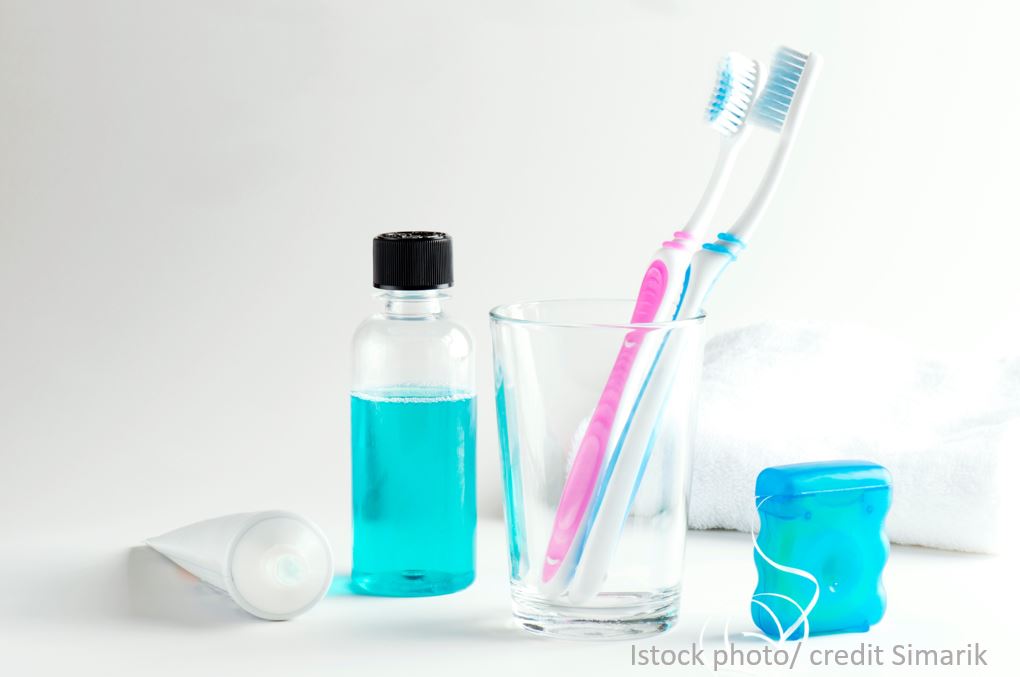Do fluoride and BHT in toothpaste pose risks for your patients?
For the vast majority of the population, fluoride and BHT exposure does not represent a health risk.
BHT is a synthetic antioxidant that prevents unpleasant smell and taste due to chemical alteration in a product.
Recent risk assessment reports from The Norwegian Scientific Committee for Food and Environment, VKM, state that for the vast majority – it is safe. NIOM researchers, Drs. Aida Mulic and Ellen Bruzell, explain why.
– Normal use of oral care products, such as toothpaste and fluoride tablets, will not exceed the limit values for either fluoride or BHT (butylated hydroxytoluene), Mulic says.
In Norway, the main contributors to fluoride are tea, toothpaste and other caries prevention products. Water from some local deep wells may contain fluoride and contribute to fluoride exposure in a small number of individuals.
95 percent is under the limit
– The tolerable upper intake level for fluoride was exceeded only in a “worst-case” scenario; individuals with high fluoride intake from caries preventing products combined with the highest fluoride levels in drinking water. In this case, the limit was exceeded for adults and 2-year olds, Mulic says.
The VKM risk assessment applies a tolerable upper intake level of 0.1 mg fluoride per kg bodyweight per day for children up to eight years of age. For older children, adults, including pregnant and lactating women, the tolerable upper intake level is set to 0.12 mg fluoride per kg bodyweight per day.
BHT preserves favourable smell and taste
BHT is a synthetic antioxidant that prevents unpleasant smell and taste due to chemical alteration in a product. BHT is used in food, feed, cosmetics and personal care products.
– The main exposure of BHT comes from food. The main contributor among the personal care products is toothpaste, Bruzell explains.
The VKM report states that BHT can cause negative reproductive effects in rats. Humans may experience similar effects. The limit set for an acceptable daily intake (ADI) is 0.25 mg per kg bodyweight.
BHT in food can push the limits
– Here too, in the “worst case” scenario the acceptable daily intake of BHT was exceeded in 5 percent of the population, Bruzell says, and adds; the main source was food, not toothpaste or other personal care products.
– At NIOM, we are in line with VKM that for the vast majority of the population fluoride or BHT exposure represent no health risk, Mulic and Bruzell say in closing.

______________________________________________________________________________________
Reference: SCHEER (Scientific Committee on Health, Environmental and Emerging Risks), Guidelines on the benefit-risk assessment of the presence of phthalates in certain medical devices covering phthalates which are carcinogenic, mutagenic, toxic to reproduction (CMR) or have endocrine-disrupting (ED) properties, final version adopted at SCHEER plenary on 18 June 2019.
Summary given in: Regulatory Toxicology and Pharmacology 2020; 111: 104546.
NIOM Newsletter November 2019
